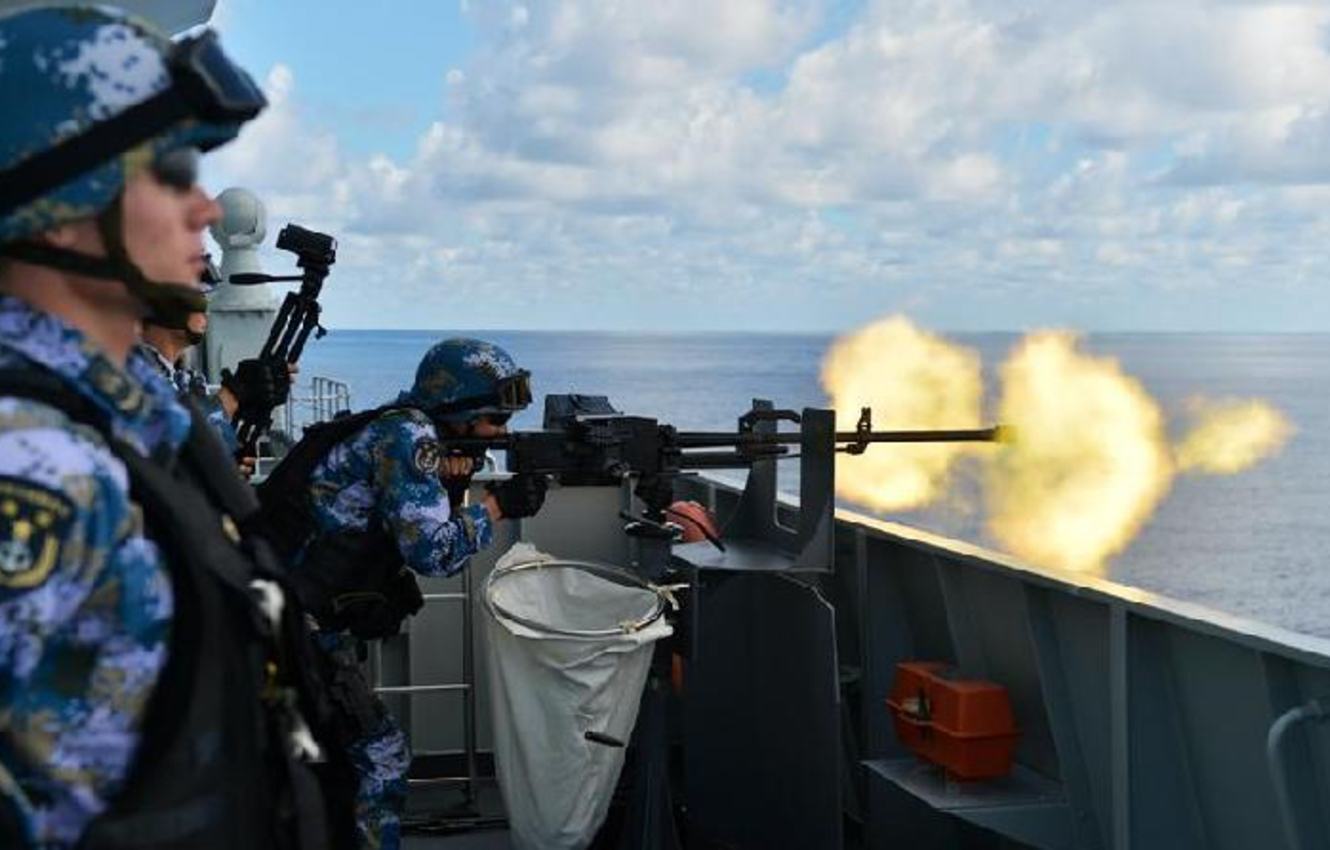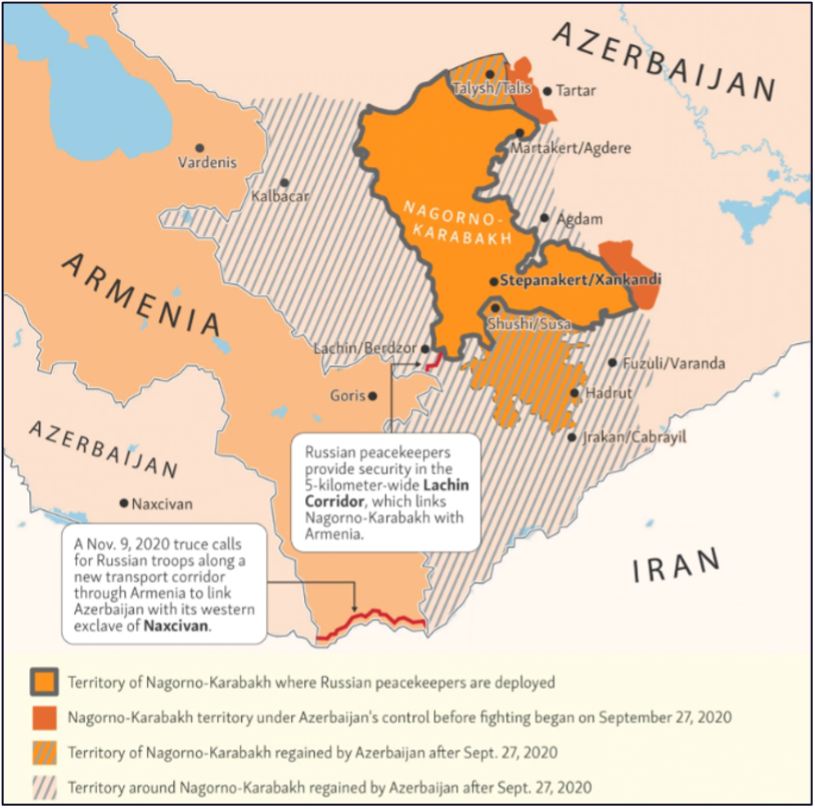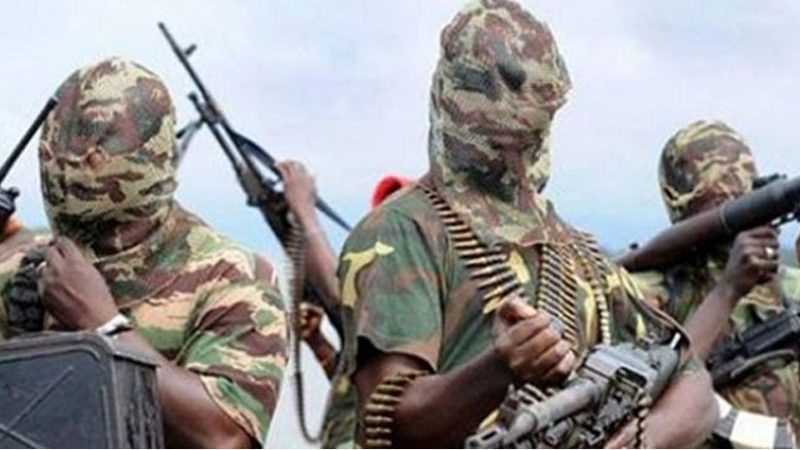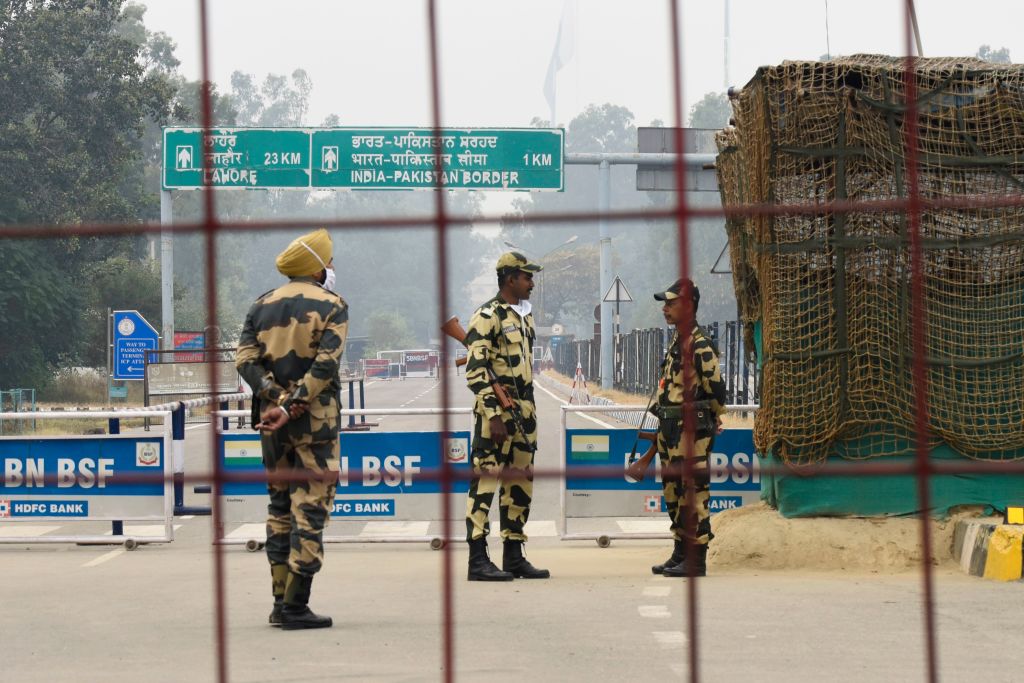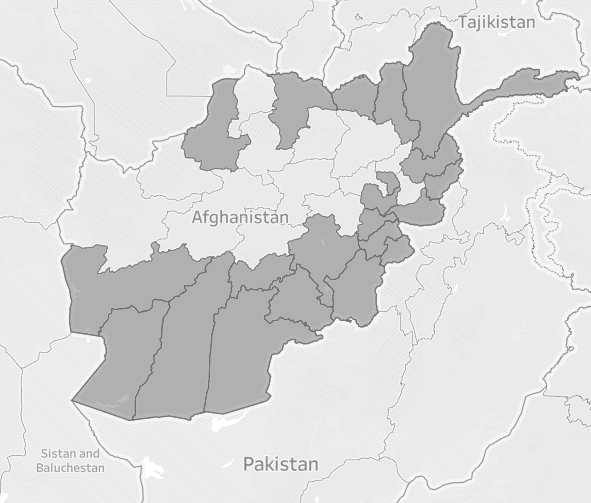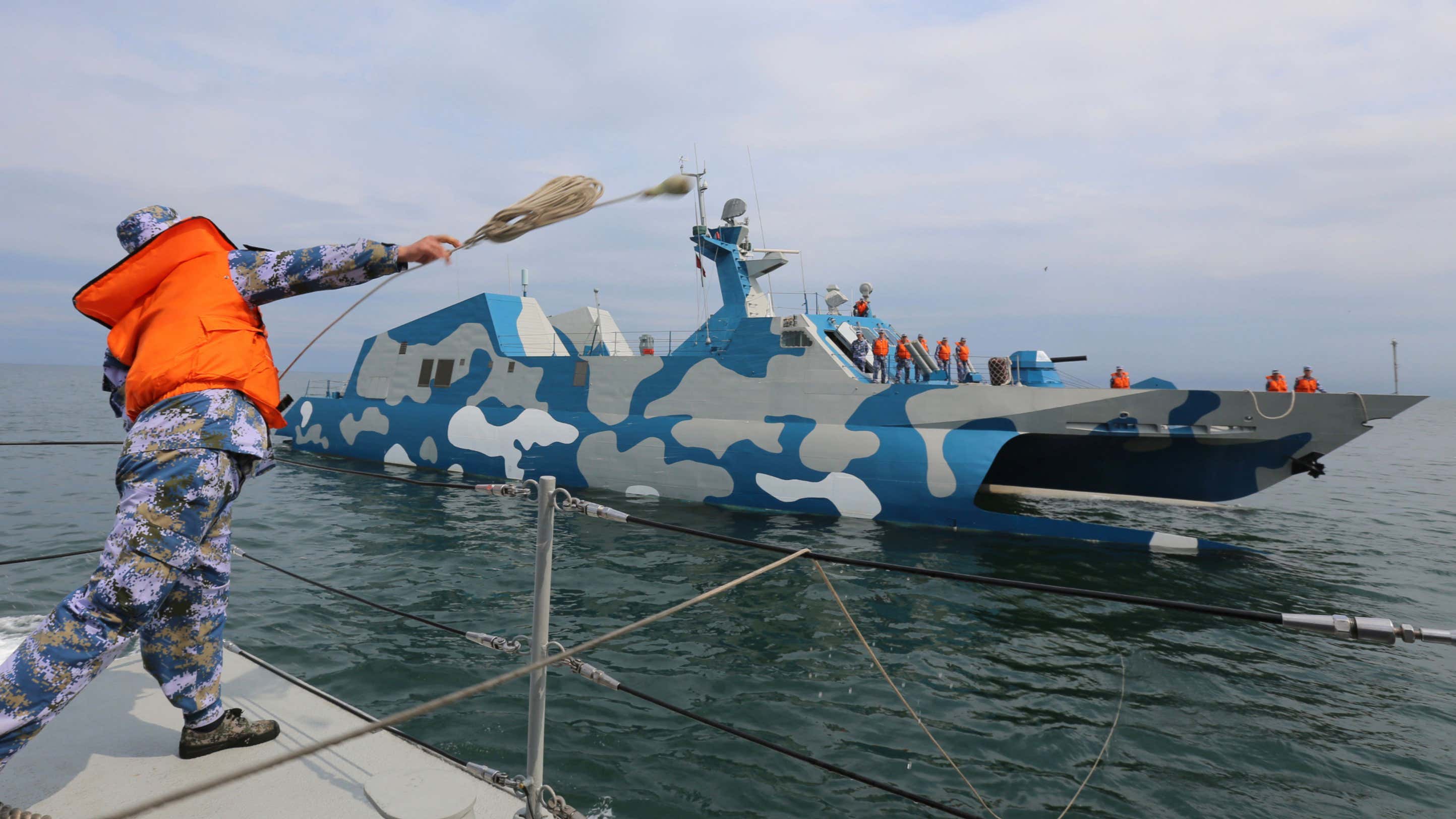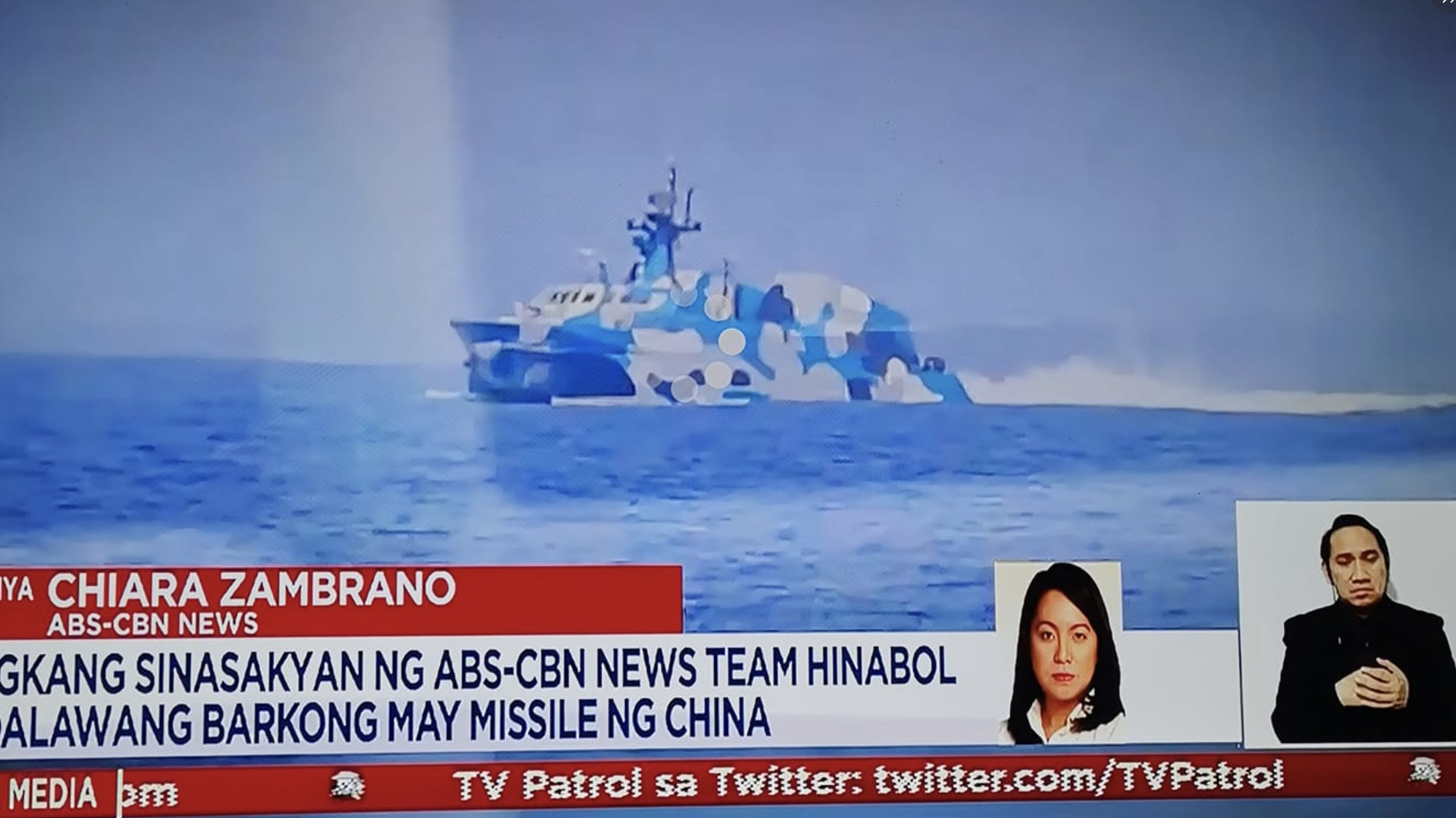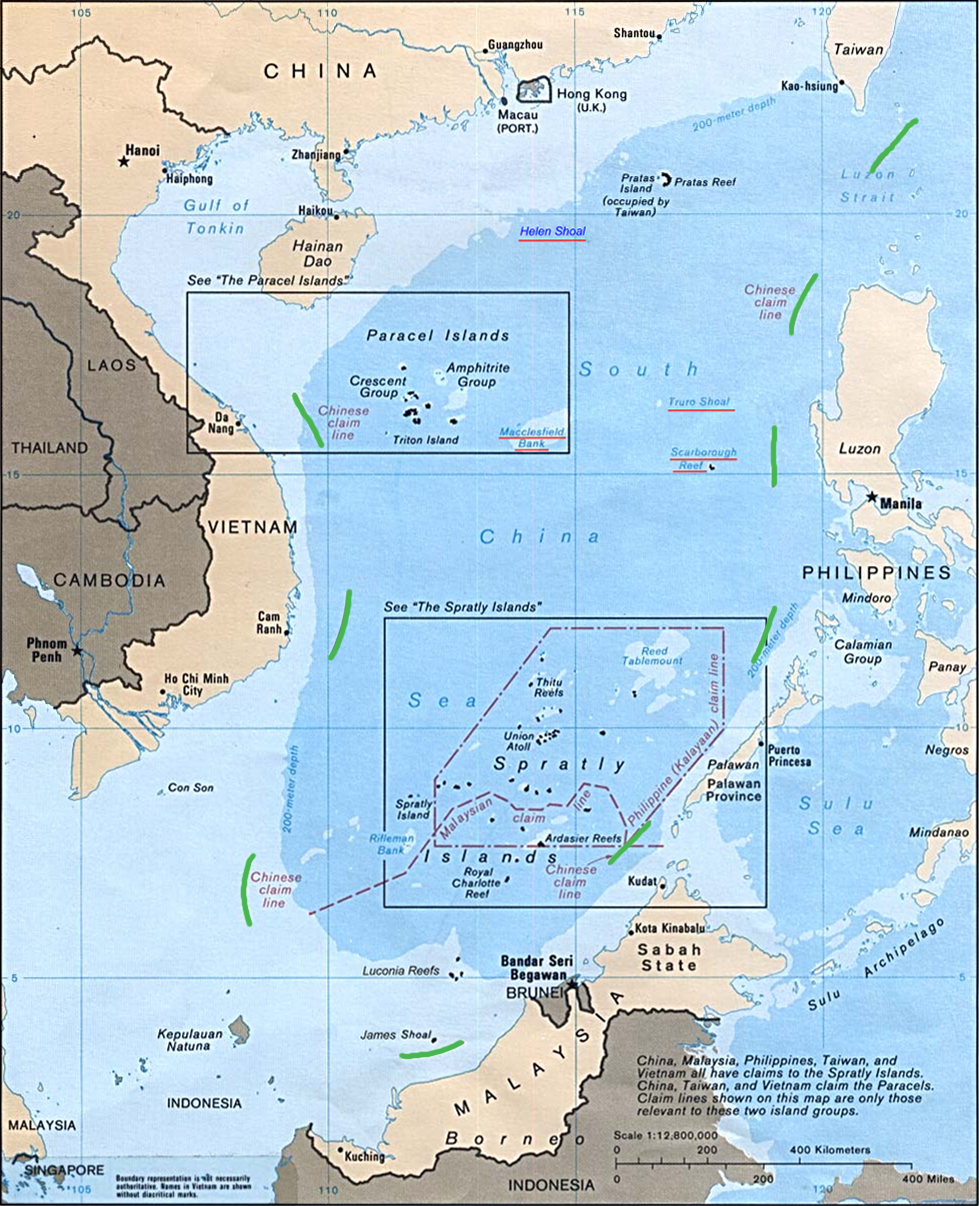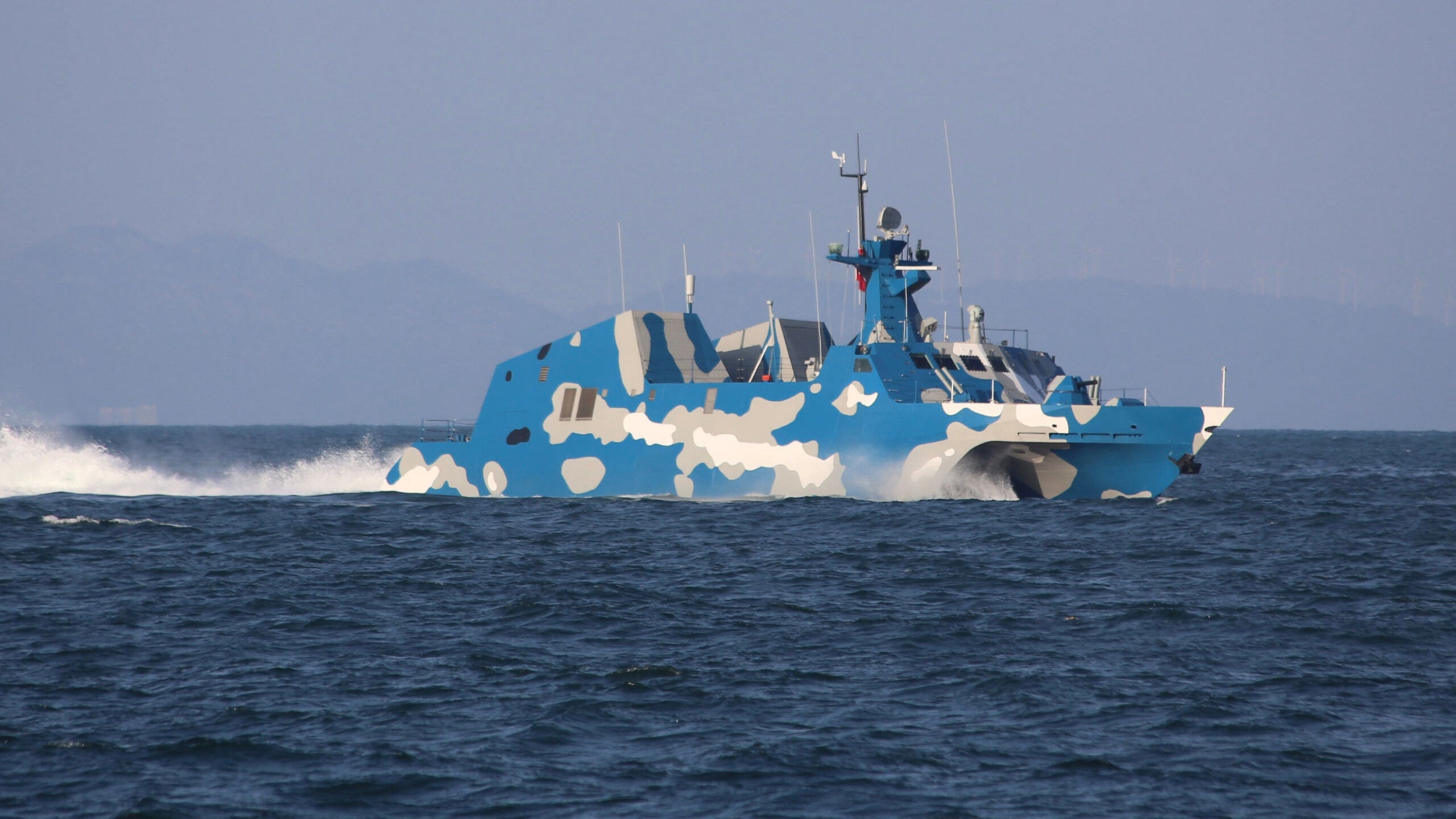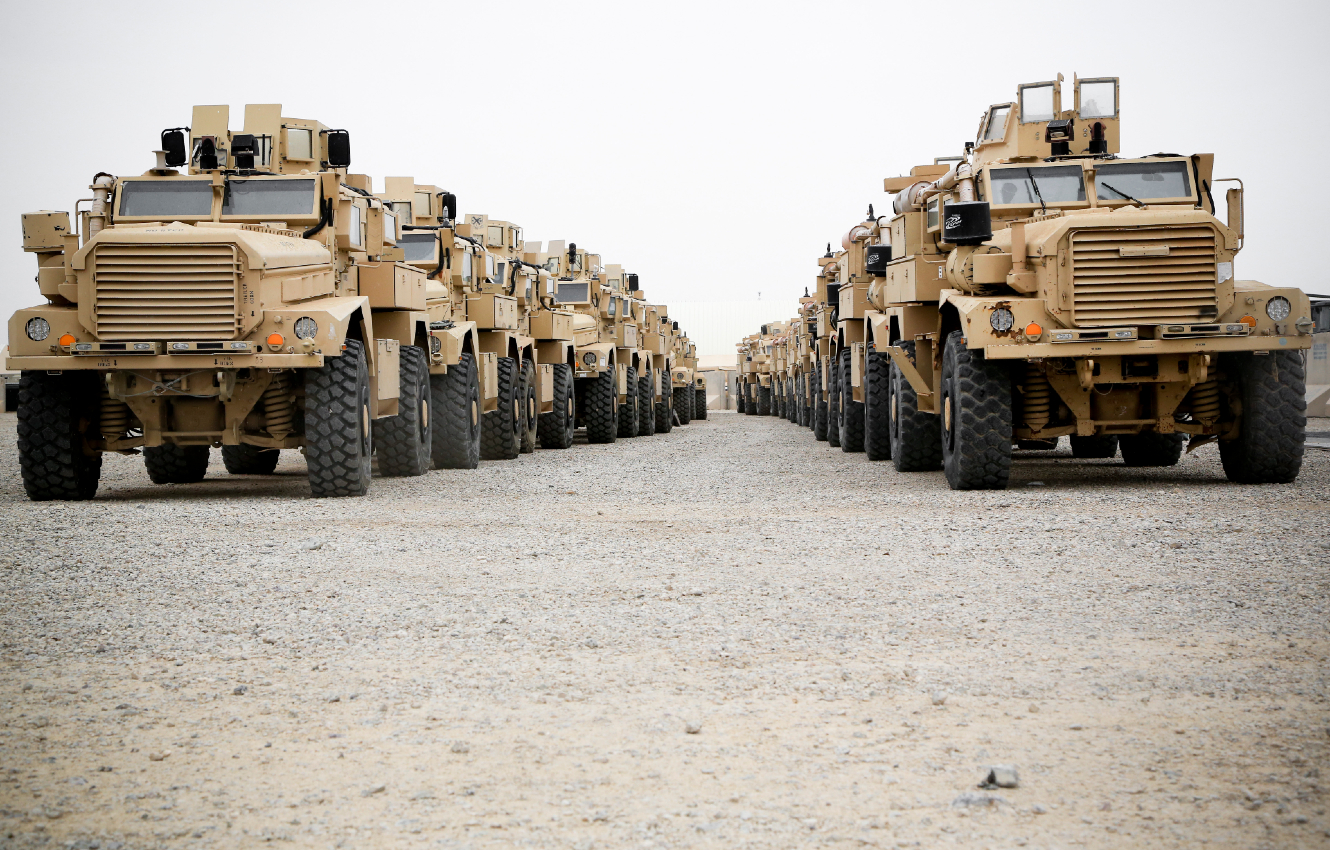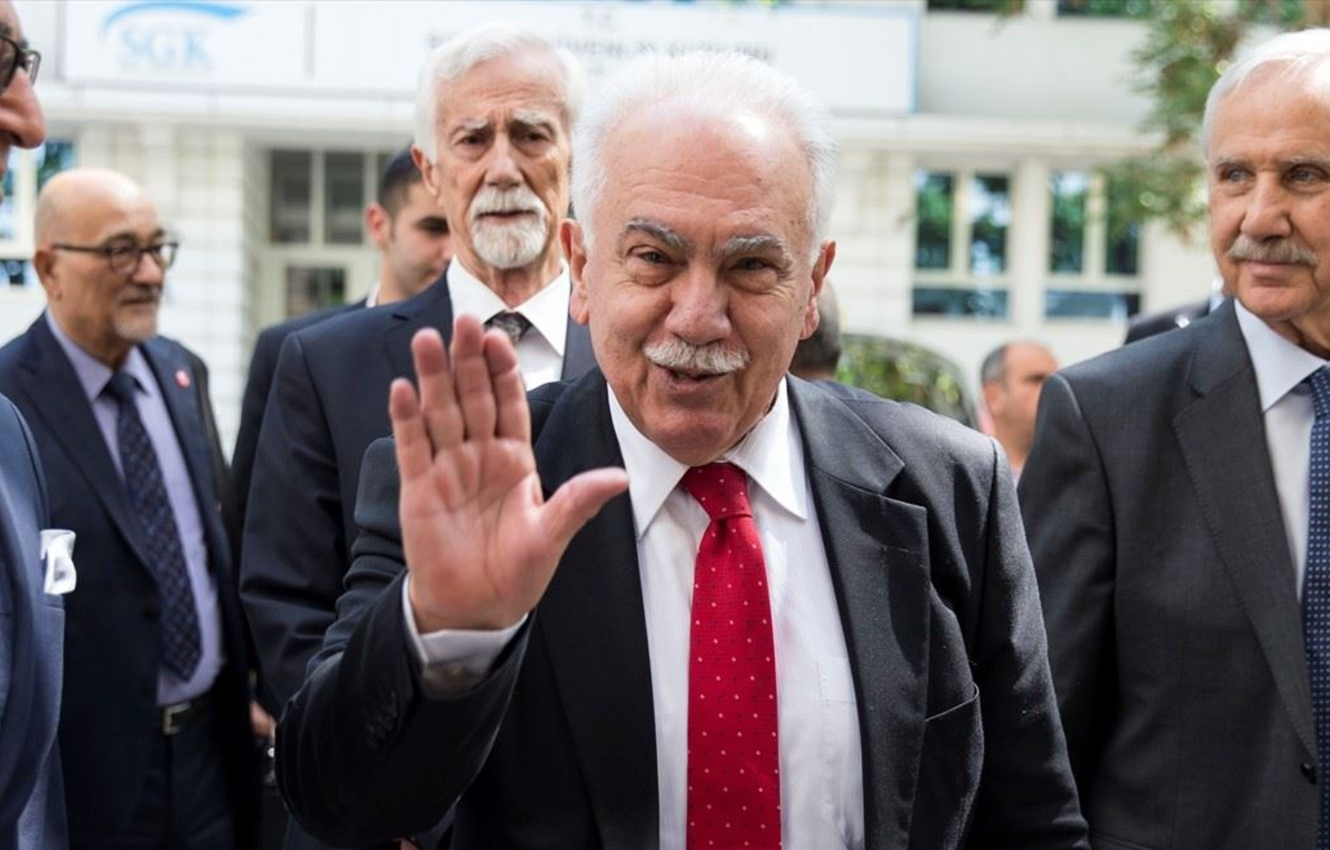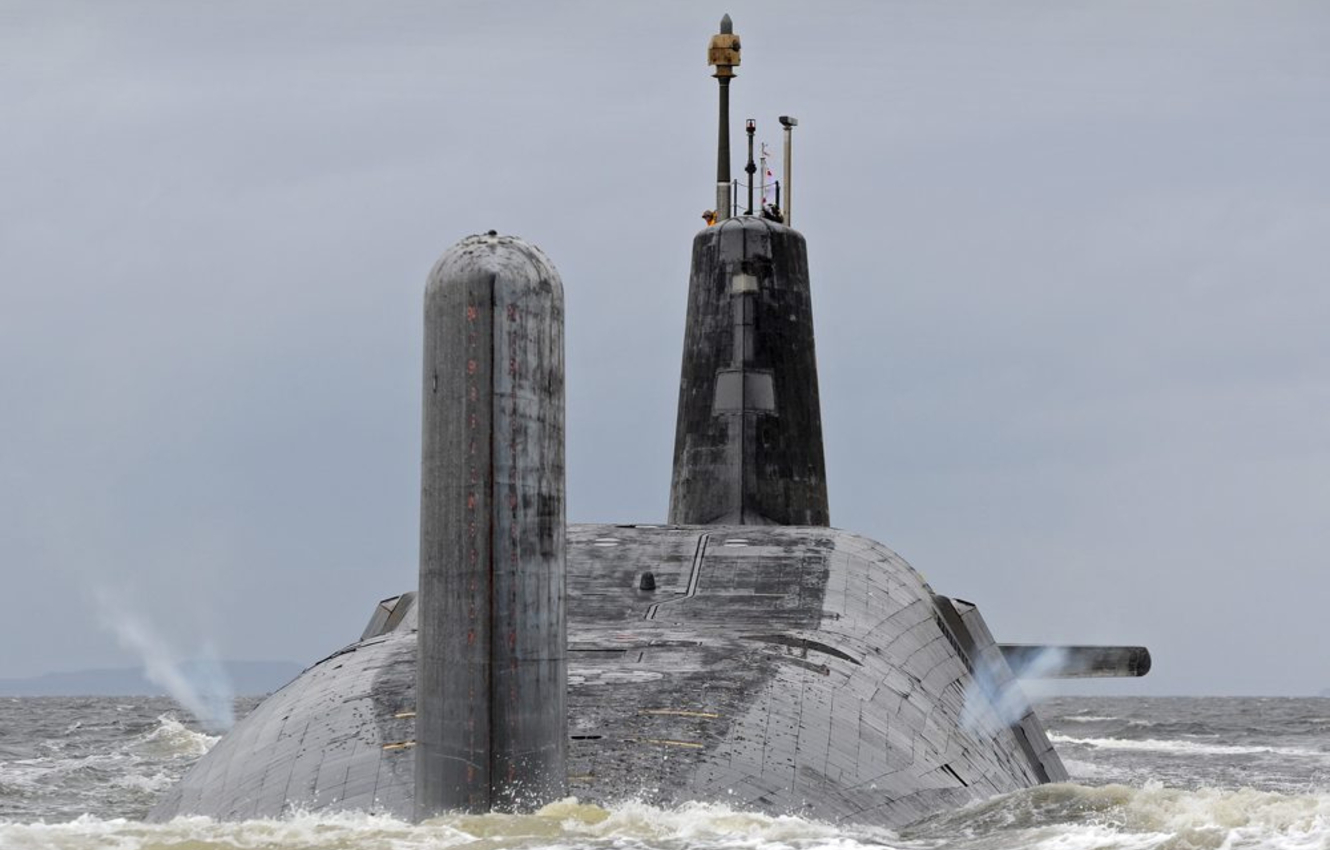(463) WAR 03-13-2021-to-03-19-2021___****THE****WINDS****of****WAR****
(464) WAR 03-20-2021-to-03-26-2021___****THE****WINDS****of****WAR****
WAR - 03-20-2021-to-03-26-2021___****THE****WINDS****of****WAR****
(465) 03-27-2021-to-04-02-2021___****THE****WINDS****of****WAR****
 www.timebomb2000.com
www.timebomb2000.com
--------------------------------------------------------
Posted for fair use.....
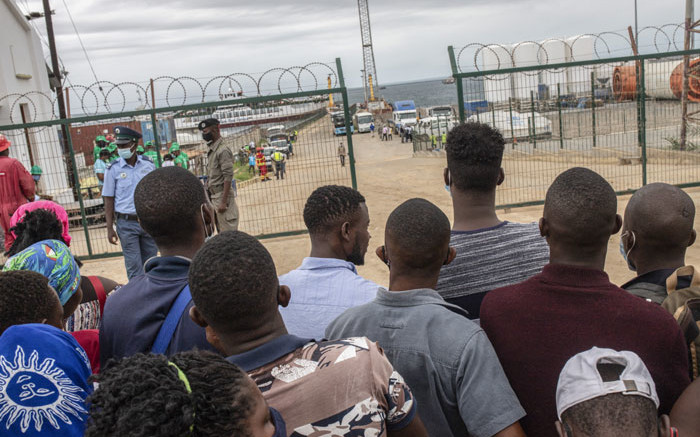
 ewn.co.za
ewn.co.za
SECURITY ANALYST WARNS MOZAMBIQUE INSURGENCY A THREAT TO SOUTHERN AFRICA REGION
Marauding militants took control of the coastal towns of Pemba and Palma last week. One South African was killed in the attack while 50 others were accounted for following the attacks.
Mia Spies | about 7 hours ago
CAPE TOWN - More than a week after an attack by militants in northern Mozambique, South Africans who were in the region are returning home.
The South African National Defence Force (SANDF) confirmed that it was assisting the country's high commission in Maputo to repatriate citizens wanting to return.
Marauding militants took control of the coastal towns of Pemba and Palma last week.
READ:
• SANDF limiting Mozambique involvement to logistical support
• SA govt expresses willingness to assist Mozambique amid insurgencies
• 43 S.Africans accounted for following Mozambique attacks – SA High Commission
• AU calls for urgent action after Mozambique jihadist attack
One South African was killed in the attack while 50 others were accounted for following the attacks.
Deadly terror attacks in neighbouring Mozambique have shaken the region.
The defence force's Siphiwe Dlamini: "South Africa is concerned about the security situation in Cabo Delgado, in the northern part of Mozambique. We remain seized with the safety of South Africans in that province."
Security analyst, Jasmine Opperman, said that the entire region should be worried.
"On the question of should the region be concerned, they should have been concerned long ago, to be quite frank, but we need to understand that Mozambique is a sovereign state and hence they will not get engaged unless there is some kind of approval by Maputo. Maputo, at this point, favours bilateral engagements."
Opperman said that thousands remained vulnerable.
"What has happened in Mozambique is merely another indication on how sophisticated the insurgents have become, how brazen they have become to move so close to the Afungi site. It is an insurgency that cannot be viewed, and must not be regarded and underplayed, as not only a risk to Mozambique but also the region."
The Southern African Development Community (SADC) has called a meeting on Tuesday.
(464) WAR 03-20-2021-to-03-26-2021___****THE****WINDS****of****WAR****
WAR - 03-20-2021-to-03-26-2021___****THE****WINDS****of****WAR****
(465) 03-27-2021-to-04-02-2021___****THE****WINDS****of****WAR****
WAR - 03-27-2021-to-04-02-2021___****THE****WINDS****of****WAR****
(462) WAR - 03-06-2021-to-03-12-2021___****THE****WINDS****of****WAR**** (463) WAR 03-13-2021-to-03-19-2021___****THE****WINDS****of****WAR**** (464) WAR 03-20-2021-to-03-26-2021___****THE****WINDS****of****WAR****...
--------------------------------------------------------
Posted for fair use.....

Security analyst warns Mozambique insurgency a threat to southern Africa region
Marauding militants took control of the coastal town of Palma last week. One South African was killed in the attack while 50 others were accounted for following the attacks.
SECURITY ANALYST WARNS MOZAMBIQUE INSURGENCY A THREAT TO SOUTHERN AFRICA REGION
Marauding militants took control of the coastal towns of Pemba and Palma last week. One South African was killed in the attack while 50 others were accounted for following the attacks.
Mia Spies | about 7 hours ago
CAPE TOWN - More than a week after an attack by militants in northern Mozambique, South Africans who were in the region are returning home.
The South African National Defence Force (SANDF) confirmed that it was assisting the country's high commission in Maputo to repatriate citizens wanting to return.
Marauding militants took control of the coastal towns of Pemba and Palma last week.
READ:
• SANDF limiting Mozambique involvement to logistical support
• SA govt expresses willingness to assist Mozambique amid insurgencies
• 43 S.Africans accounted for following Mozambique attacks – SA High Commission
• AU calls for urgent action after Mozambique jihadist attack
One South African was killed in the attack while 50 others were accounted for following the attacks.
Deadly terror attacks in neighbouring Mozambique have shaken the region.
The defence force's Siphiwe Dlamini: "South Africa is concerned about the security situation in Cabo Delgado, in the northern part of Mozambique. We remain seized with the safety of South Africans in that province."
Security analyst, Jasmine Opperman, said that the entire region should be worried.
"On the question of should the region be concerned, they should have been concerned long ago, to be quite frank, but we need to understand that Mozambique is a sovereign state and hence they will not get engaged unless there is some kind of approval by Maputo. Maputo, at this point, favours bilateral engagements."
Opperman said that thousands remained vulnerable.
"What has happened in Mozambique is merely another indication on how sophisticated the insurgents have become, how brazen they have become to move so close to the Afungi site. It is an insurgency that cannot be viewed, and must not be regarded and underplayed, as not only a risk to Mozambique but also the region."
The Southern African Development Community (SADC) has called a meeting on Tuesday.
















